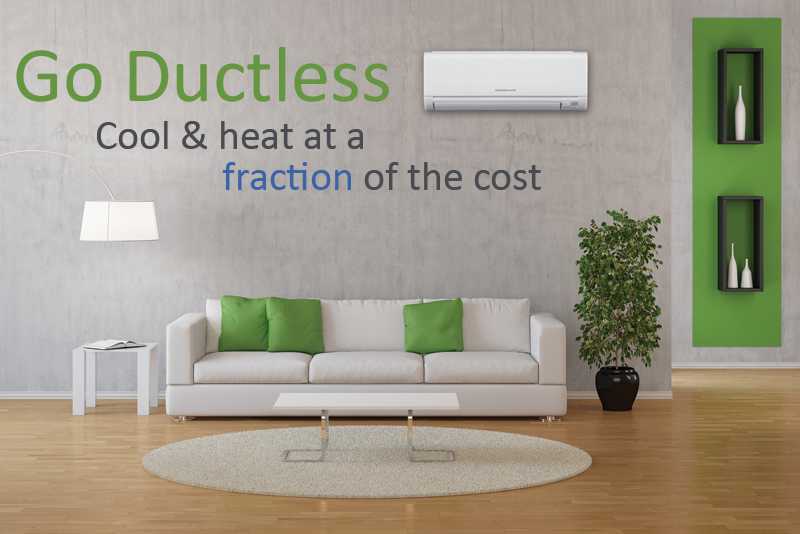
Can you imagine life without cooling? Sweltering heat waves that can melt the rubber on your shoes, cook an egg on the dashboard of your cars and truck, and make it almost impossible to have an excellent night's rest-- sounds miserable!
Let's face it, life without A/C would not be the same. Did you understand, that before the 20th century, ice was in fact harvested for refrigeration? It was cut into 1-ton blocks, provided throughout the country and used in 'ice-boxes' to keep food fresh. Thankfully today, refrigeration has actually been drastically improved considering that its intro in 1834.
By knowing how thermostats your house's A/C system works, you'll have the ability to make it run much better and longer, and if it should break throughout the pet days of summer season, more confident discovering a replacement.
What is Central Air Conditioning?
Considering that the 1960s, main air conditioning systems have actually been the most common design of cooling in America.
Best characterized by the condenser system outdoors and ducts carrying cool air throughout the house, a central air conditioning is in some cases referred to as a "split-system" because the indoor and outside components are separated.
How It Works
Comparable to how a sponge soaks up water, central air conditioners absorb the heat from inside the home and eject it outside through a procedure called "the refrigeration cycle."
It's simple to understand how an air conditioner works when you see how the parts operate together.
Parts of an A/c System
Split into two parts; a system will contain an outside condenser unit (listed below) and a coil housed on top of the heater or inside air handler. The outside condenser, which does the majority of the https://ac-repair-mississauga.ca/7-tips-for-reducing-your-cooling-costs/ work, operates in tandem with the air handler/furnace that disperses the conditioned air into spaces of your house.
The Refrigeration Cycle
The cooling process begins when the thermostat discovers the interior temperature level has risen above the setpoint. It signals the control panel in the air handler and goes into action.
1) The internal blower draws in the hot, damp indoor air from the return ducts into the air handler/furnace cabinet to be conditioned.
2) Filthy air entering the cabinet first goes through an air filter that traps dirt and particles.
3) The tidy air then passes through the evaporator coil. Using metal fins to increase its area, the evaporator coil extracts heat and moisture from the warm air as the air passes through it. The tidy, cool air is flowed throughout the house.
4) A pair of copper tubes including refrigerant, called a Line Set, connect the indoor coil with the outside condenser.
5) The condenser dissipates the heat trapped inside the line coming from the evaporator coil by cycling it through its coils where a fan on top presses air to speed up the process. The refrigerant is then compressed and travels back to the indoor evaporator coil, where the cooling process continues.
HEATING AND COOLING Cheat Sheet
It's a great idea to familiarize yourself with the technical language used by A/C specialists to comprehend your system when it comes to making repairs or purchasing a new system.
HEATING AND COOLING - Stands for heating, ventilation, and cooling. This acronym is used to classify all devices used to manage air temperature level, humidity, and air quality.
Split-System - In recommendation to parts of the system running both indoors and outdoors. In a split system, the condensing unit is found outside.
BTU - British Thermal Systems - a measurement of just how much heat can be removed from the air in an hour.
Load - A measurement that describes the cooling capacity your system can supply under normal conditions. 1 Ton is equivalent to around 12,000 BTU's. Heaps are often used when sizing a system for your home, which can be identified based upon the square footage required to be cooled or heated up.
Unmatched Knowledge
Conveniently, the heating system, cooling, and electrical systems all work automatically, without us needing to fumble around in the basement or worse, a hot attic. Until something goes wrong.
Understanding your air conditioning system may seem frustrating at initially, however once you have the essentials down, you'll be able to comprehend not only how your system works, but also understand lingo to make purchasing a replacement simple.